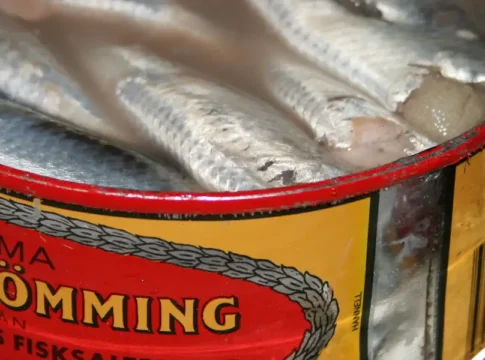 Photo: Wrote (CC BY 2.0)
Photo: Wrote (CC BY 2.0)Surströmming: Sweden’s Fermented Herring Tradition
More than a pungent punchline, surströmming is a proud northern Swedish tradition. Discover how this fermented herring has shaped rituals…

For visitors to Sweden, exploring the country’s culinary traditions is an essential part of the experience. One of the most unique aspects of Swedish dining culture is the tradition of serving specific dishes on particular days of the week, especially at lunch. This custom, deeply rooted in history, offers a delicious way to immerse yourself in Swedish life.
Here’s a guide to the weekly specials you might encounter in Swedish lunch restaurants.
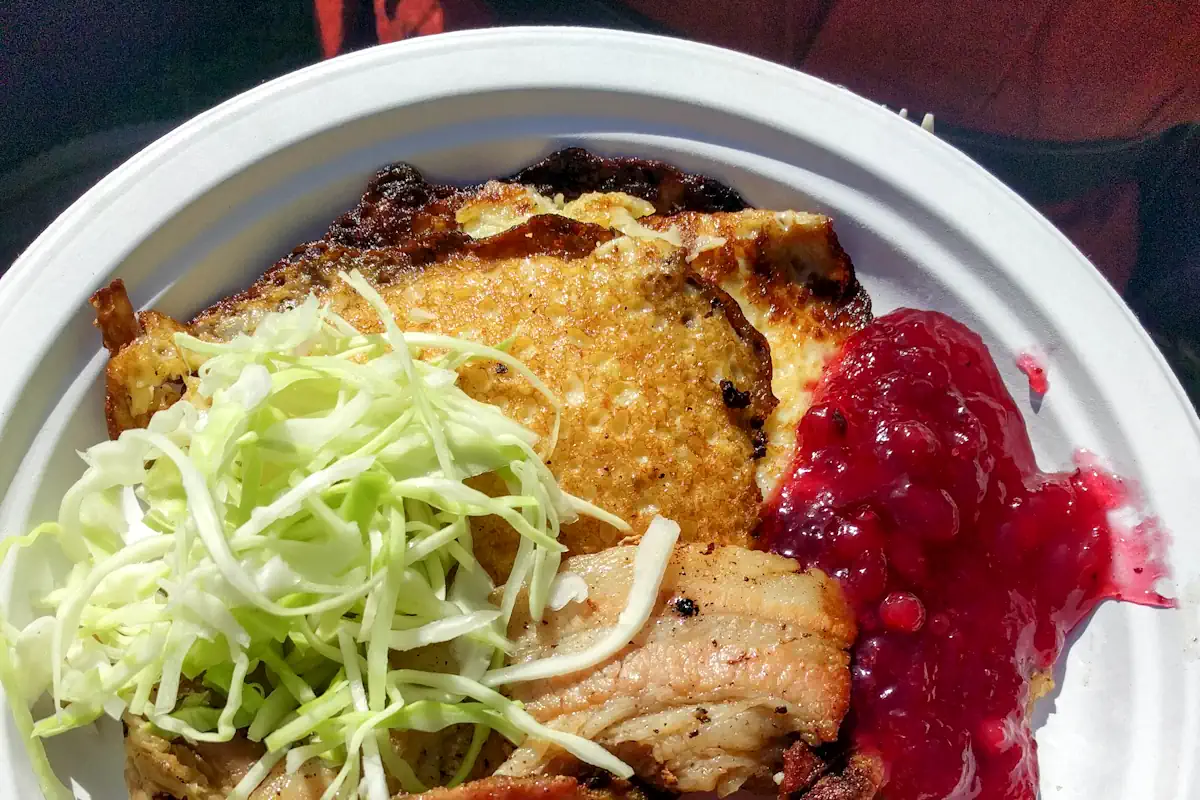
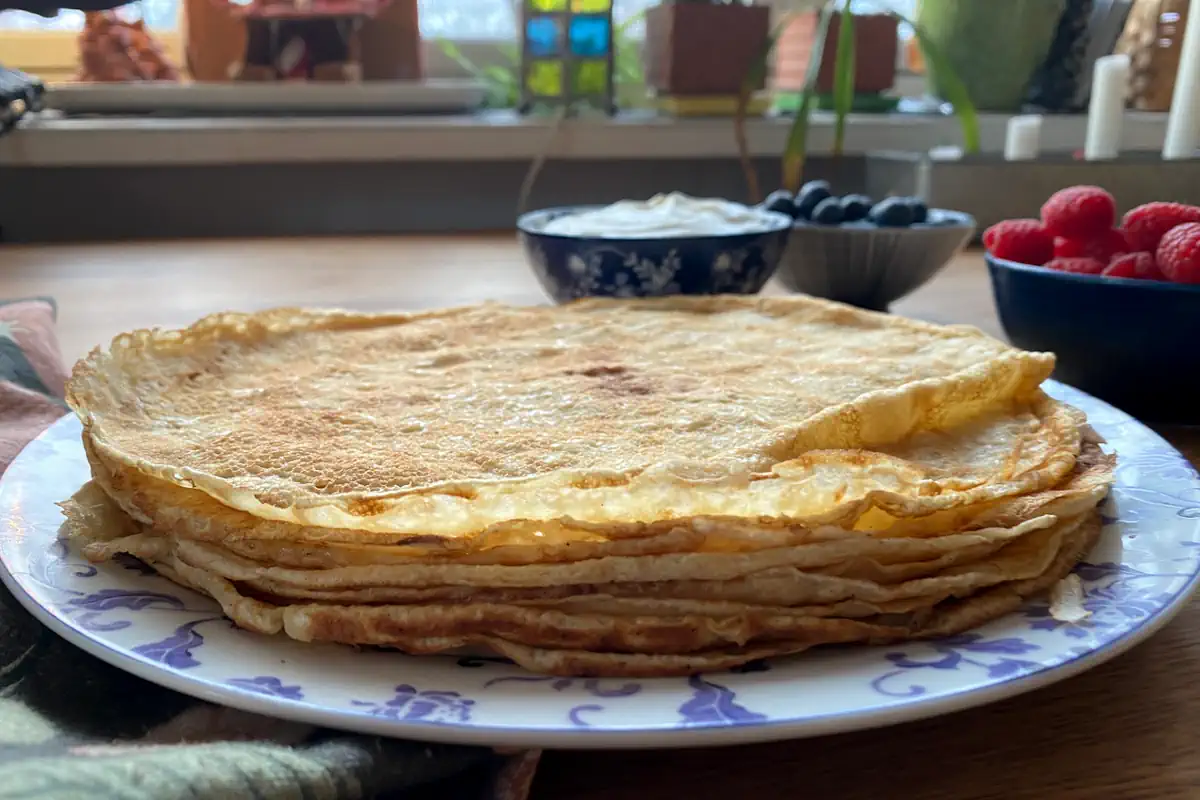
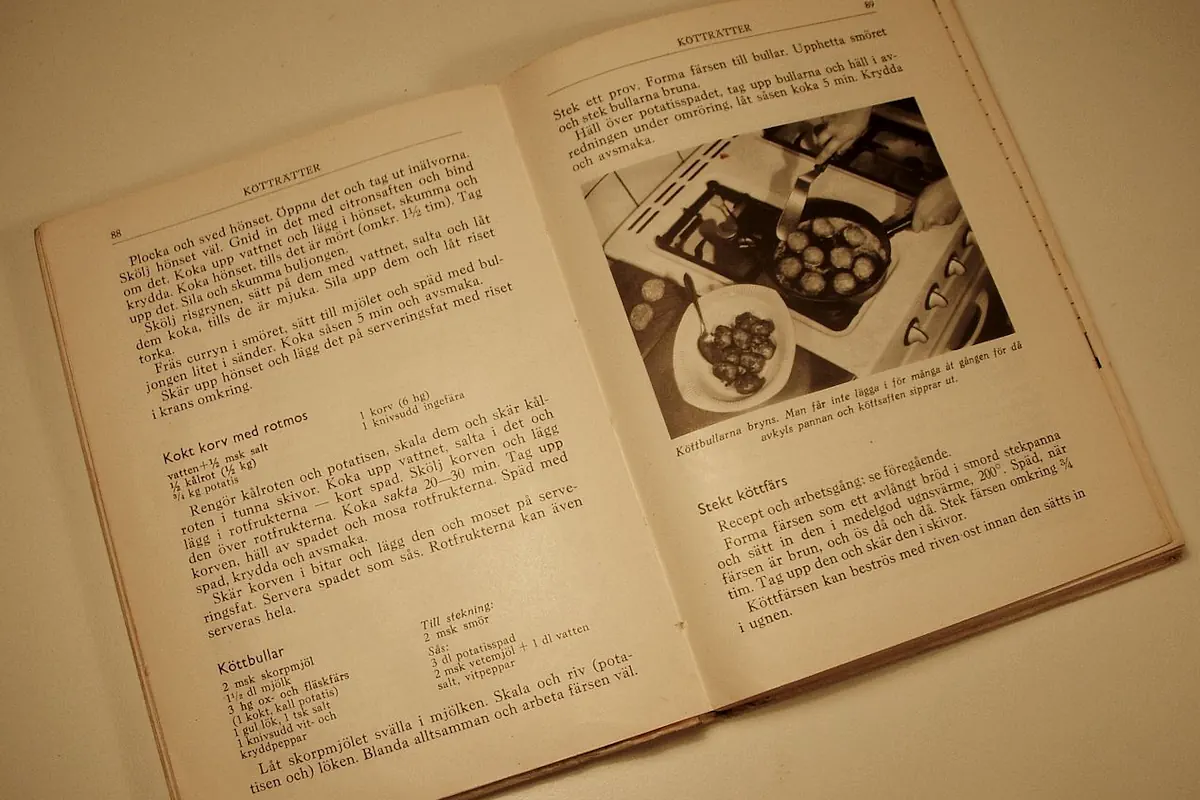
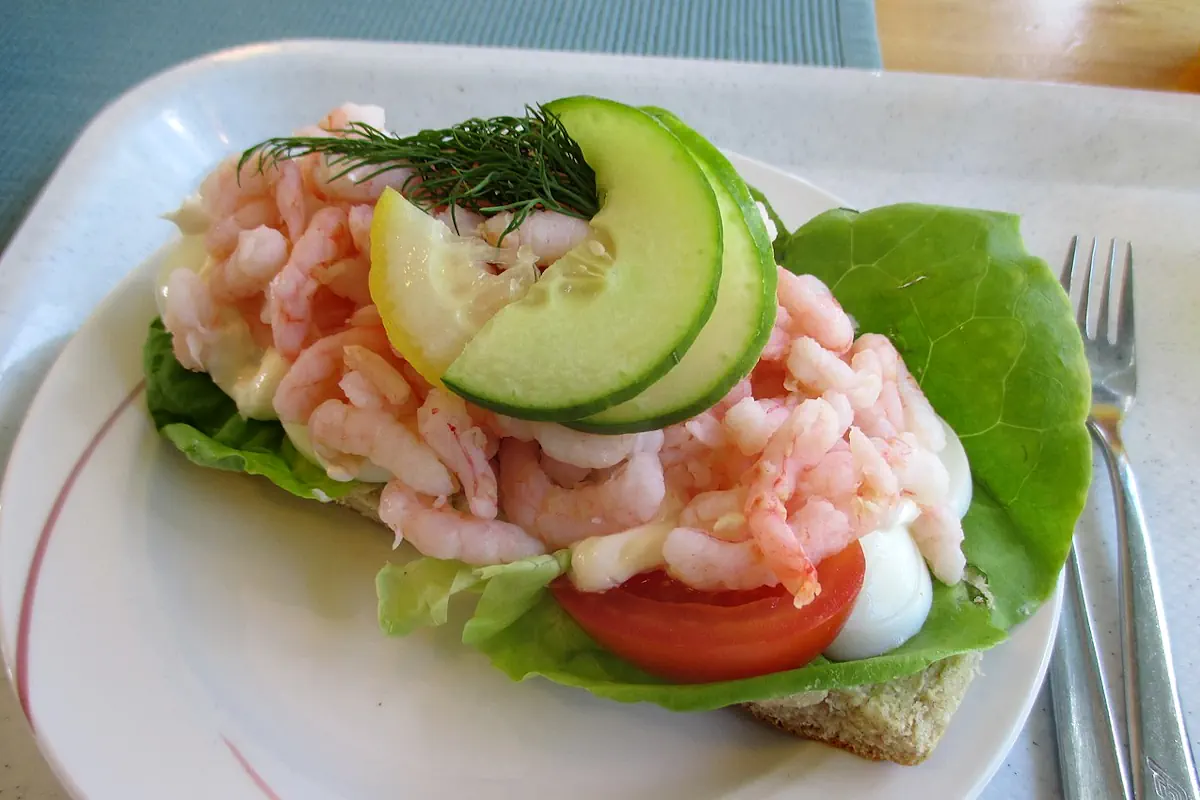
A substantial soup, frequently served with bread, is the week’s first course at many restaurants. While not a strict tradition, it’s a common choice to ease into the workweek.
Tuesdays are often dedicated to “raggmunk,” a traditional Swedish potato pancake. Typically served with fried pork and lingonberries, this dish offers a delightful mix of crispy and savory flavors.
Thursday is perhaps the most famous day in Swedish lunch traditions. It’s when restaurants serve “ärtsoppa och pannkakor“—yellow pea soup followed by thin pancakes. Furthermore, this tradition dates back a long time and is still widely observed today. Traditionally, one should consume warm punsch (40 degrees C) with the pea soup.
Many Swedish restaurants serve fish dishes on Fridays. This could range from fried herring (“stekt strömming”) to more elaborate seafood options.
While not tied to specific days, other traditional dishes you might encounter throughout the week include:
Remember, these traditions can vary between restaurants and regions. Many establishments offer a “dagens lunch” (lunch of the day) menu that changes daily, providing a mix of traditional and modern Swedish cuisine.
In essence, exploring these weekly specials is an excellent way for visitors to immerse themselves in Swedish lunch traditions and enjoy authentic local flavors at reasonable prices.
![]() Swedish lunch traditions
Swedish lunch traditions
![]() Svenska lunchtraditioner
Svenska lunchtraditioner